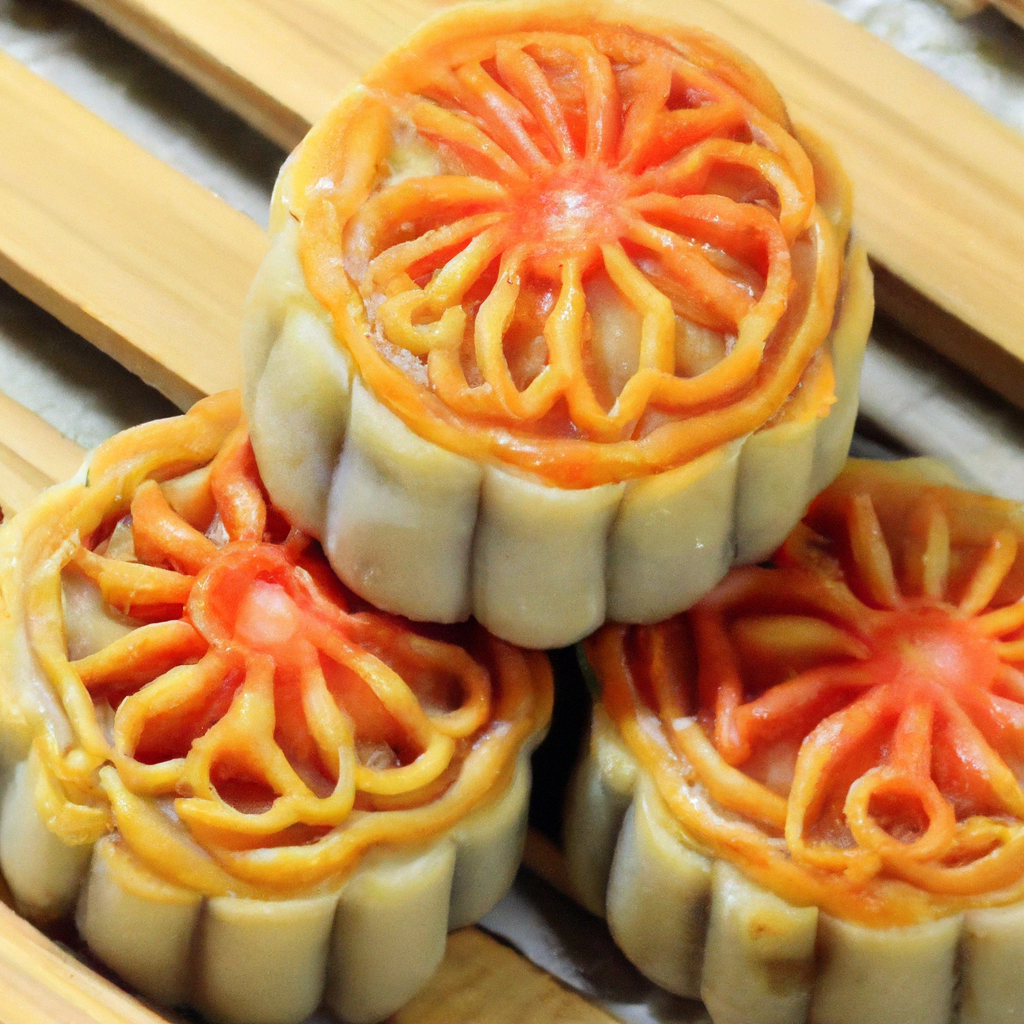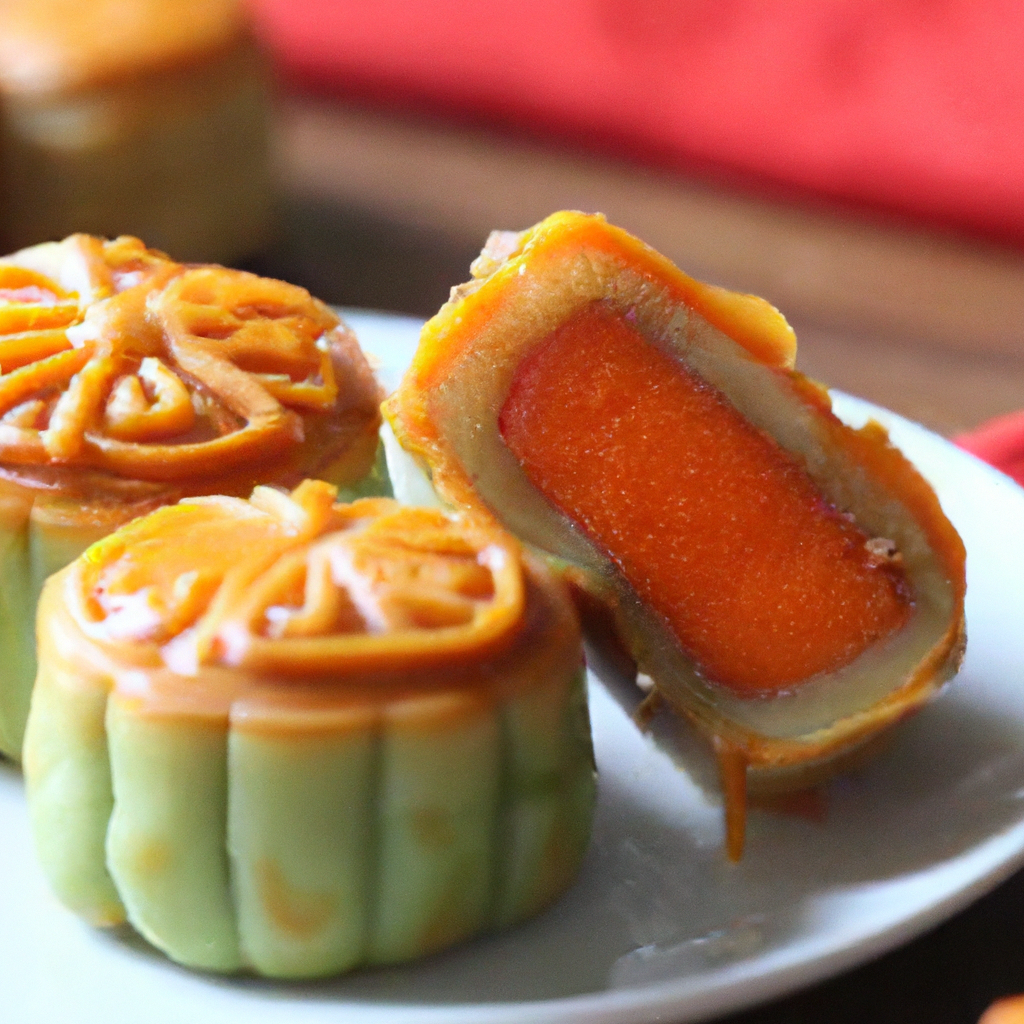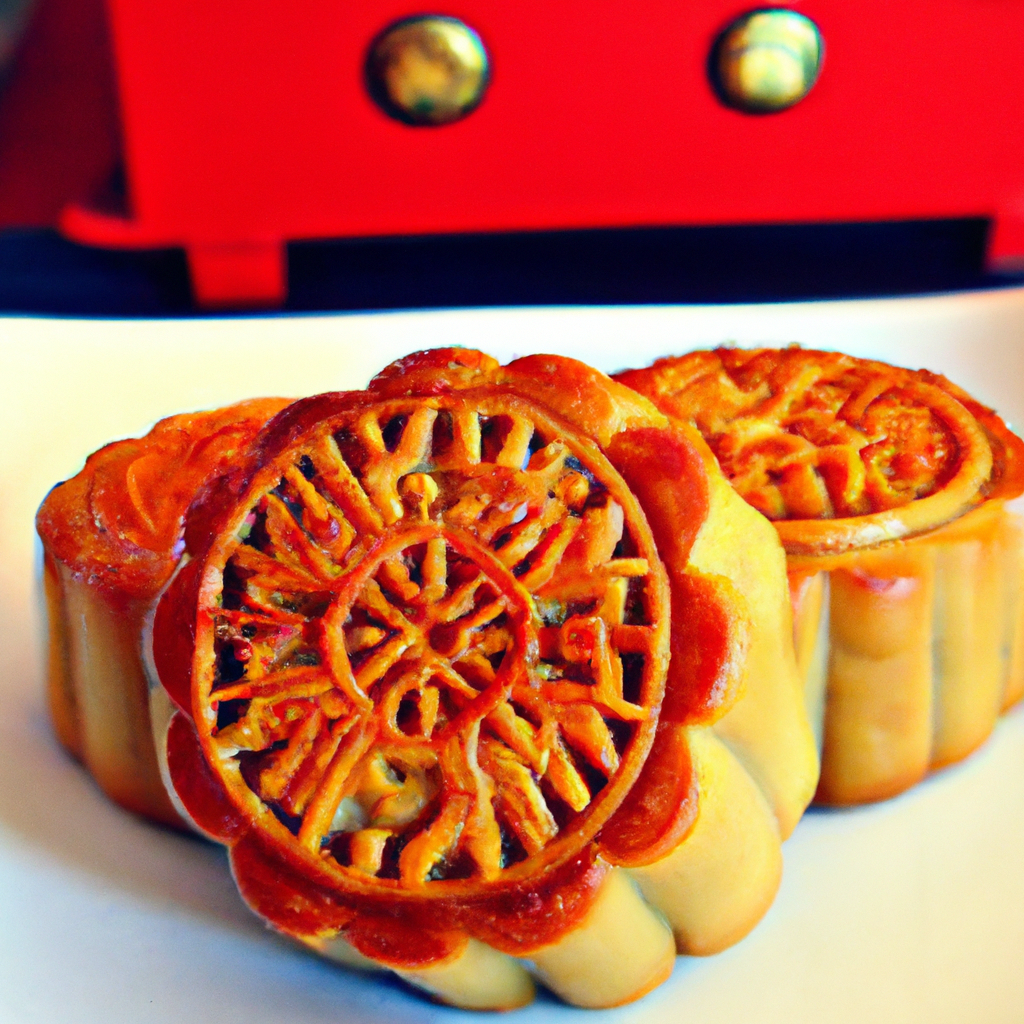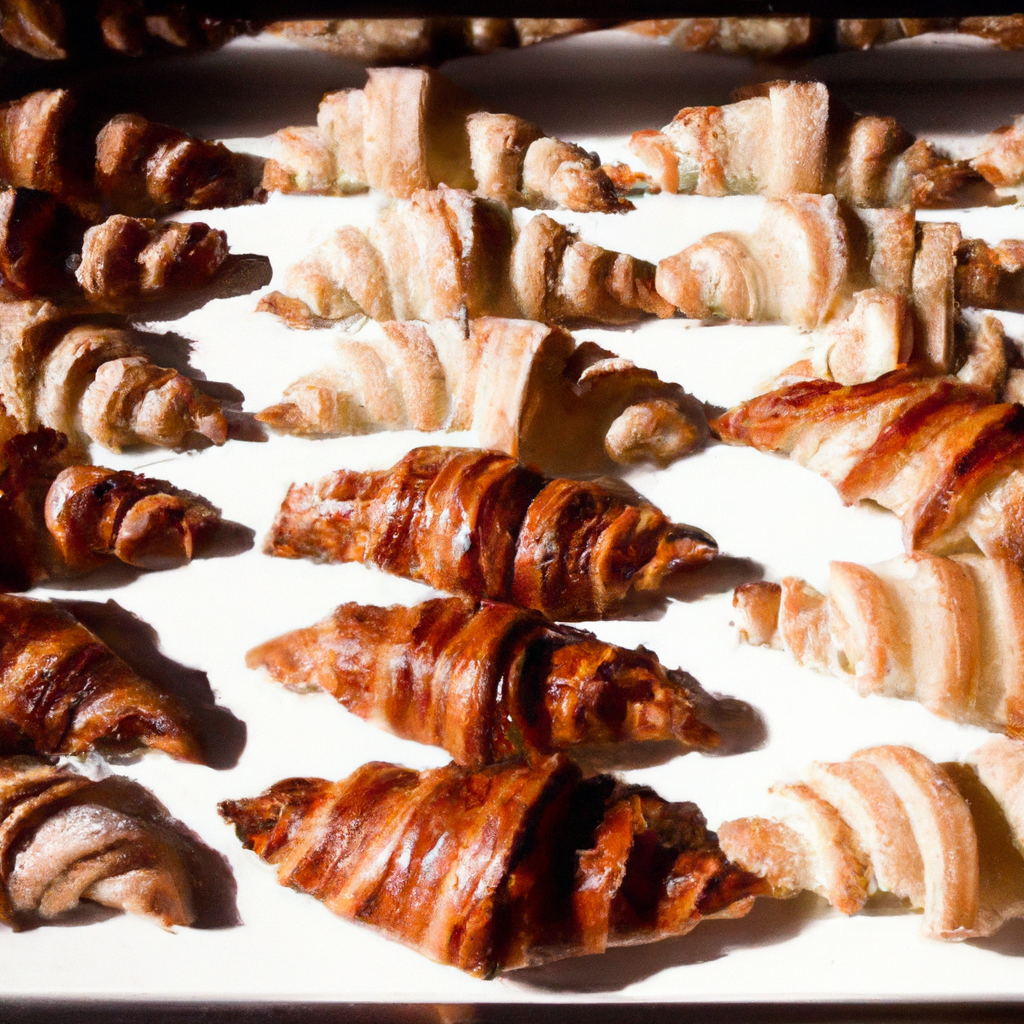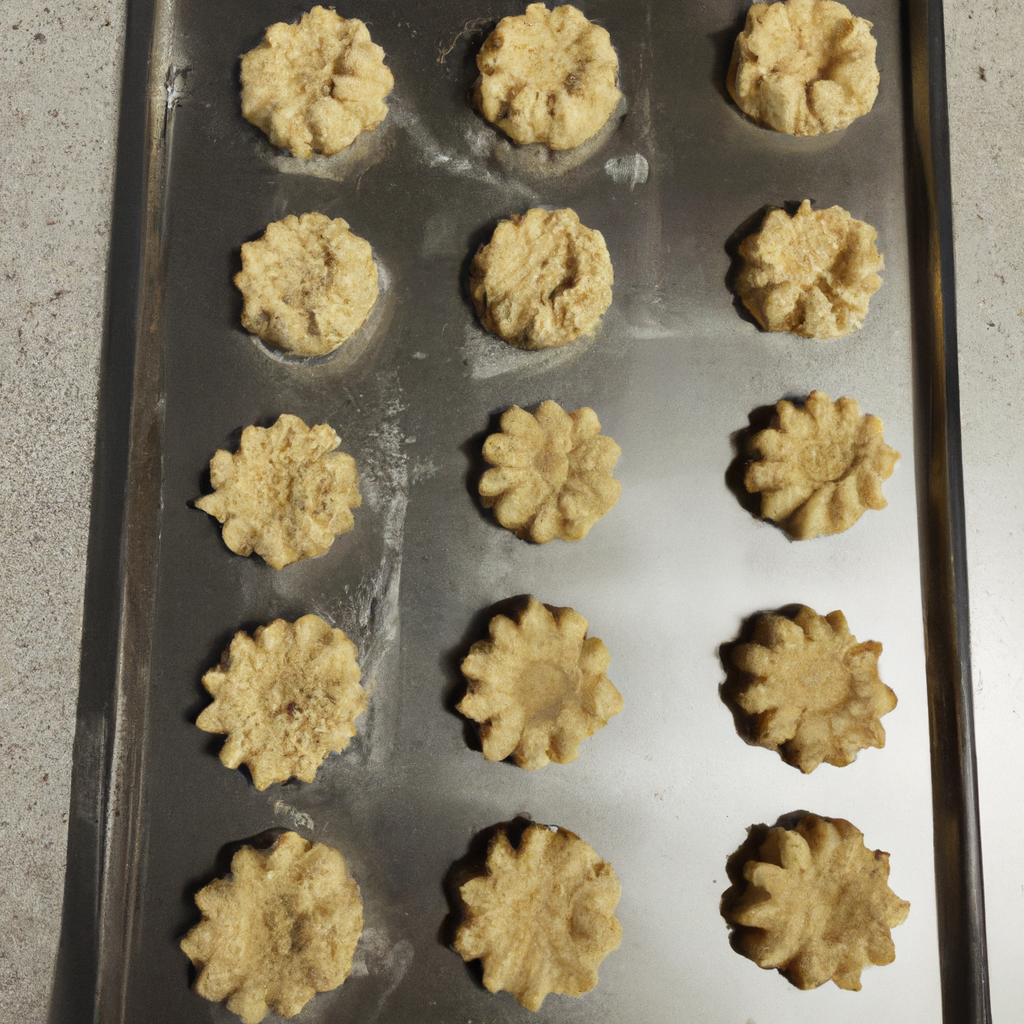Ban nhạc Flamenco Tumbadora | Ban nhạc acoustic sài gòn Tùng Đặng Thanh Ban nhạc Flamenco Tumbadora Thanh Tùng biểu diễn những bản nhạc acoustic hay nhất mọi thời đại, cho thuê ban nhạc Flamenco sài gòn chuyên nghiệp- 0908232718 

9/109 bình chọn A

